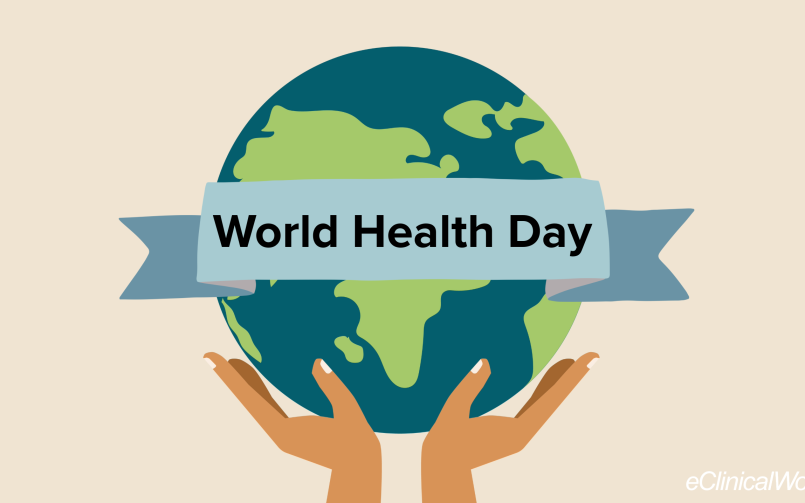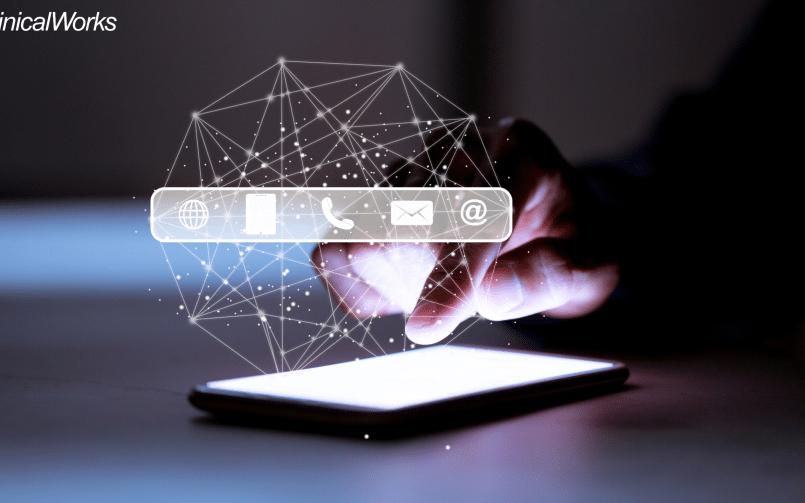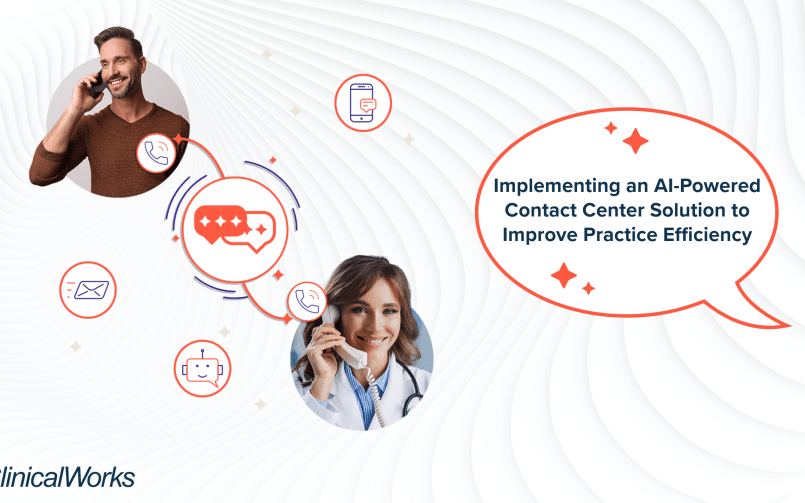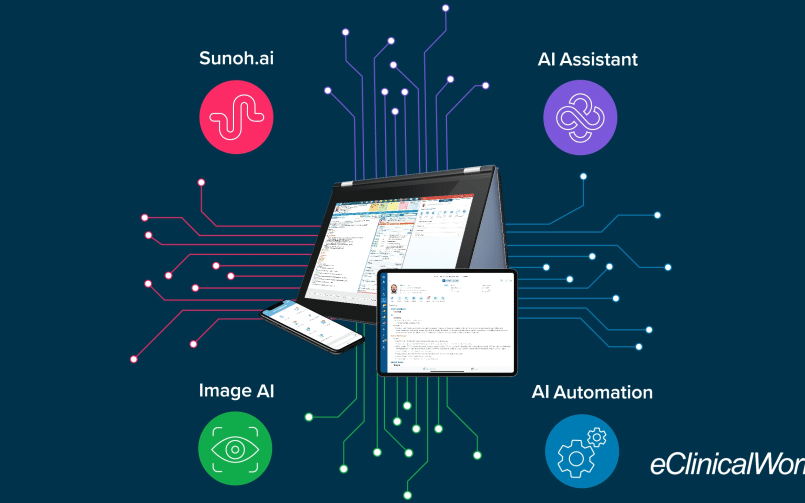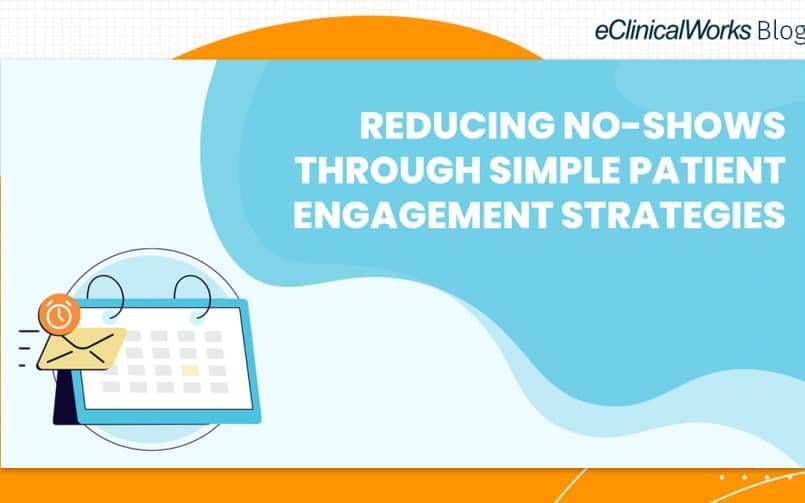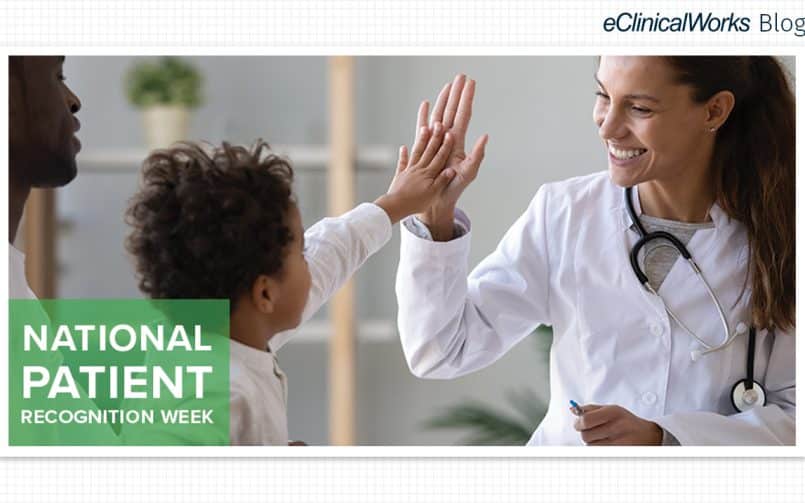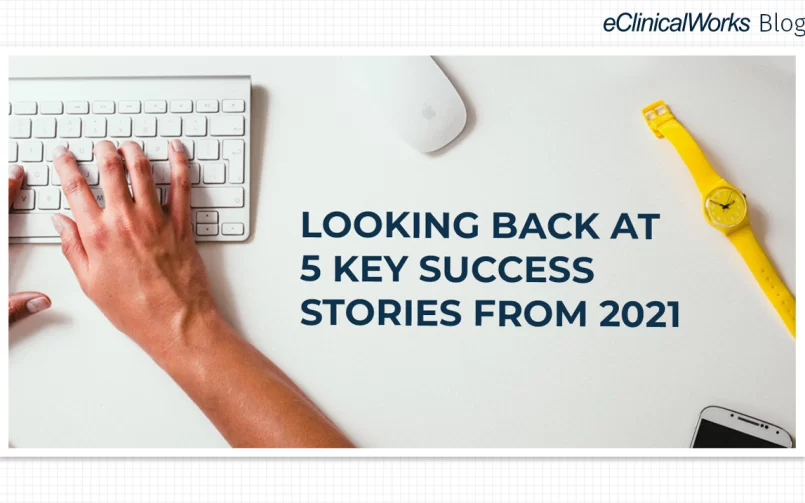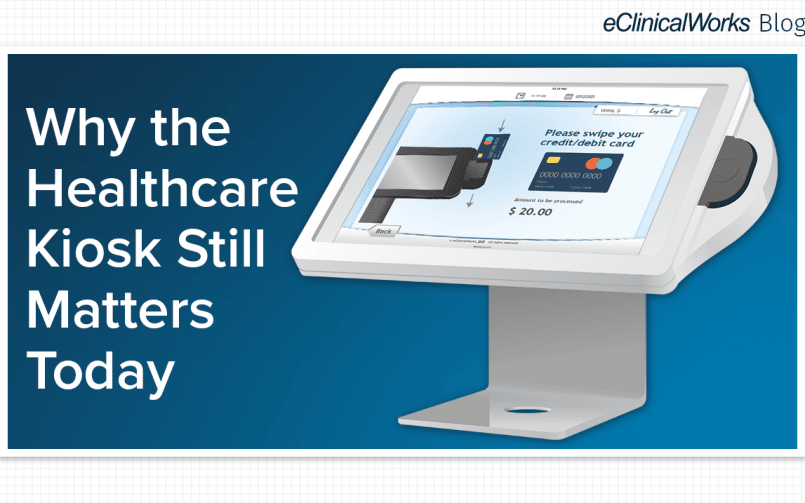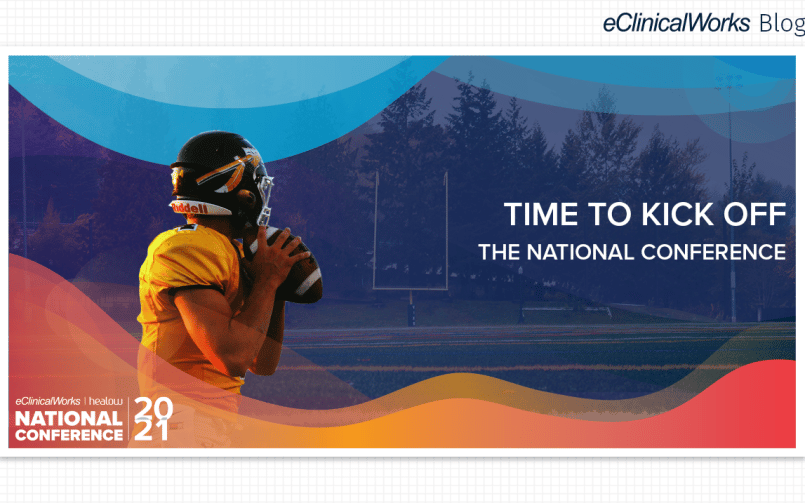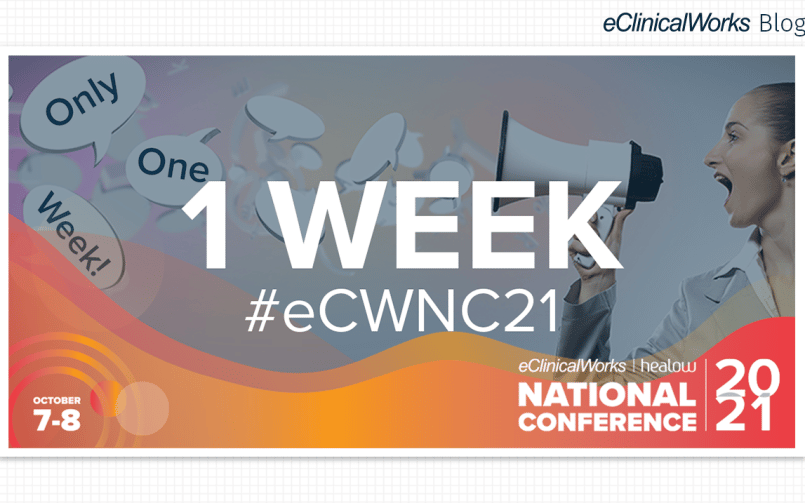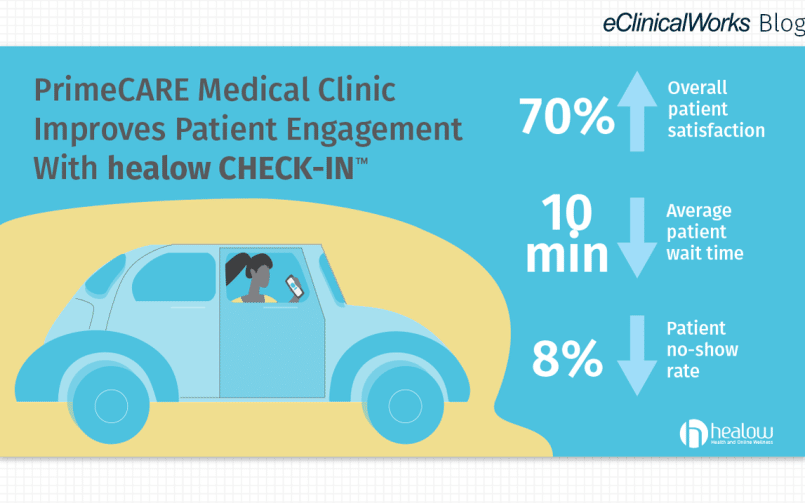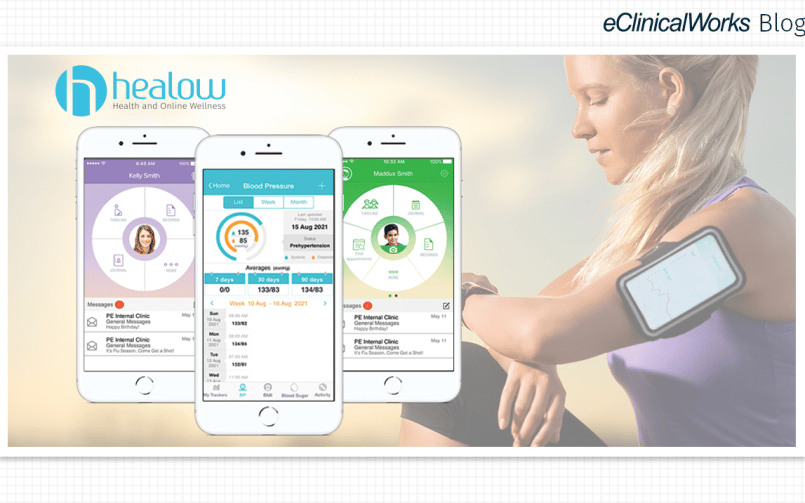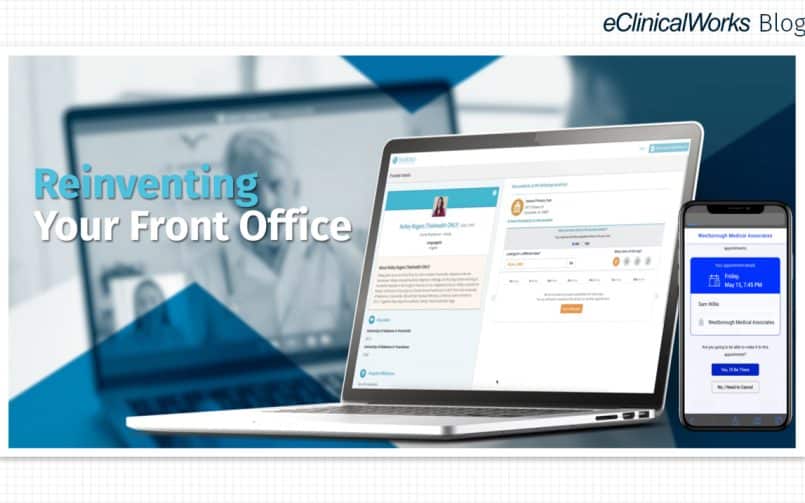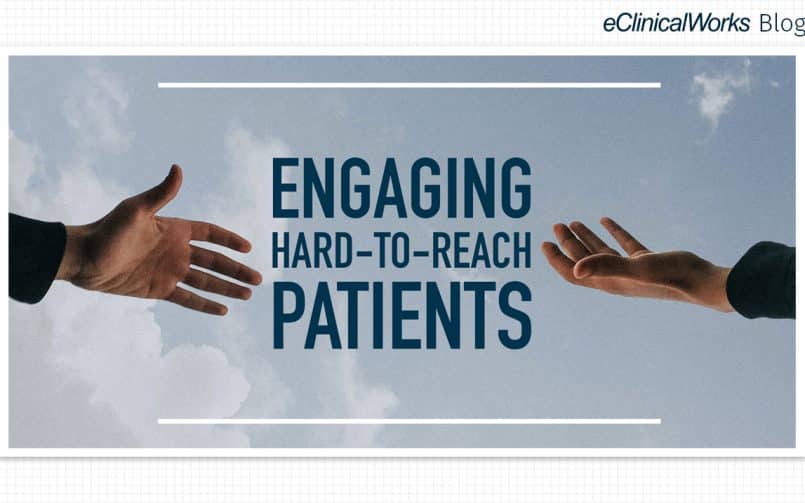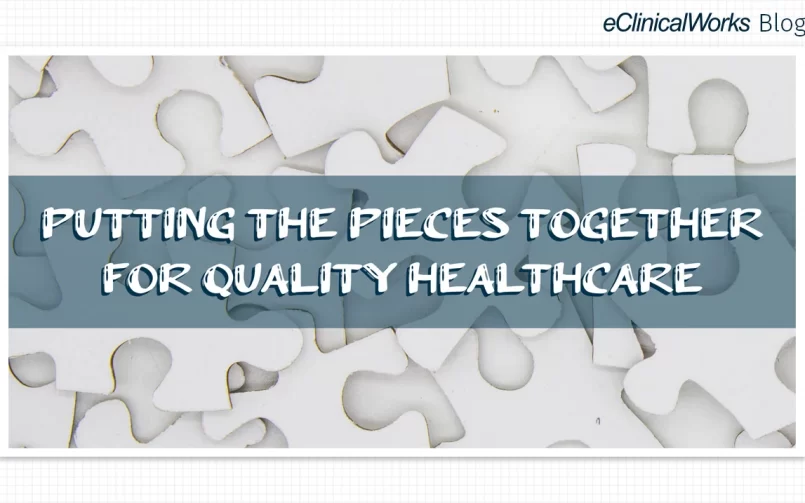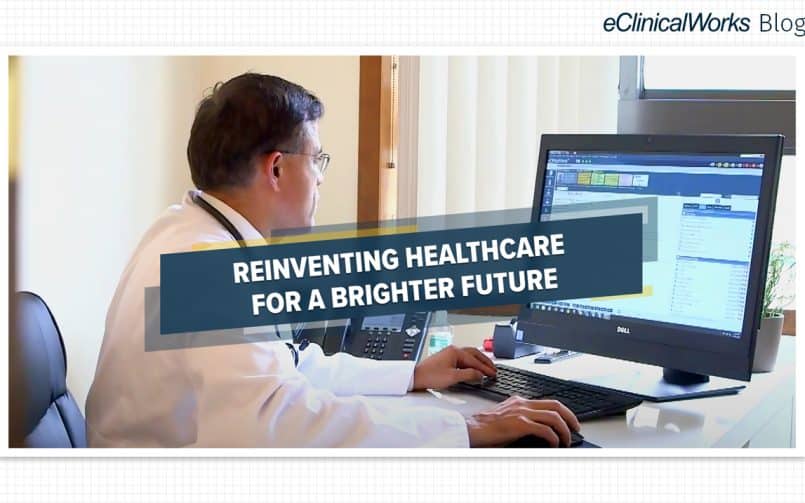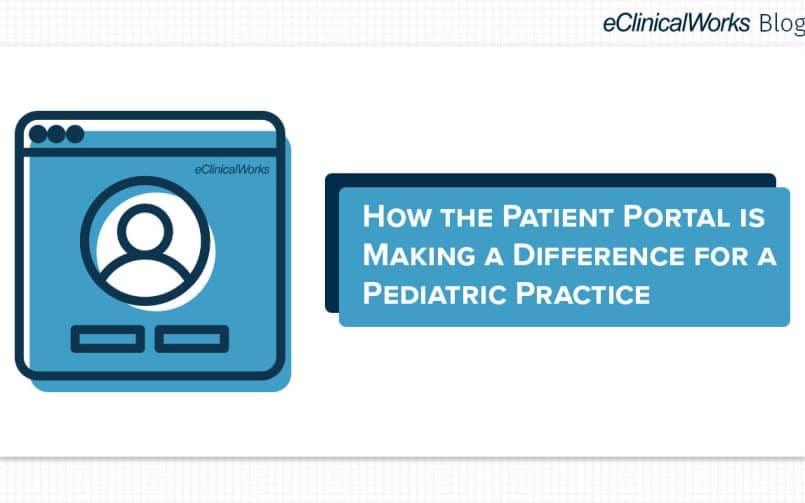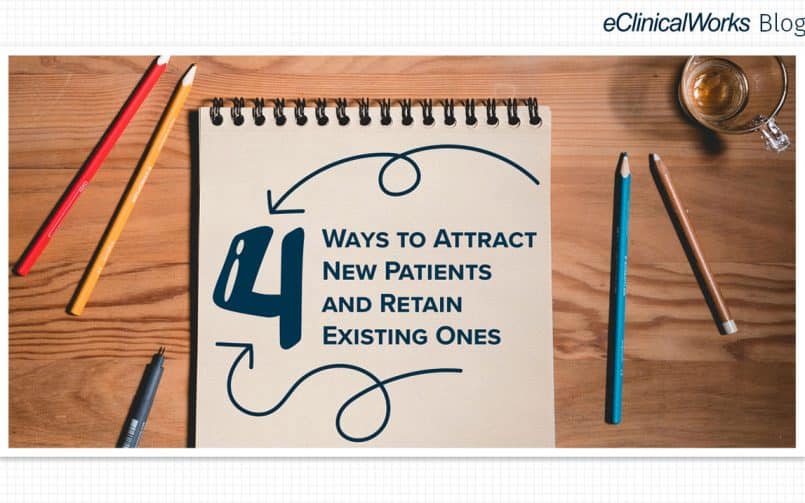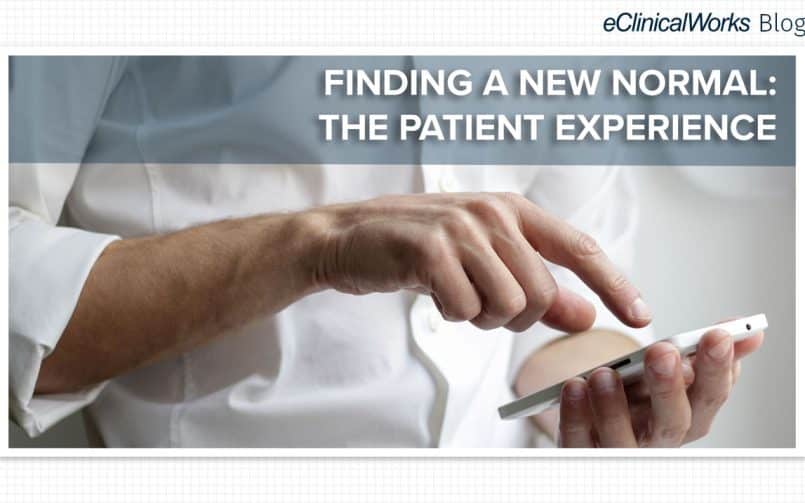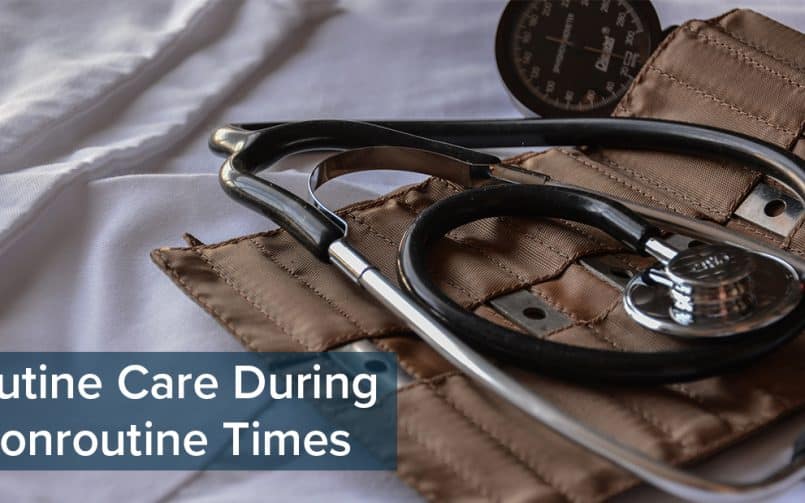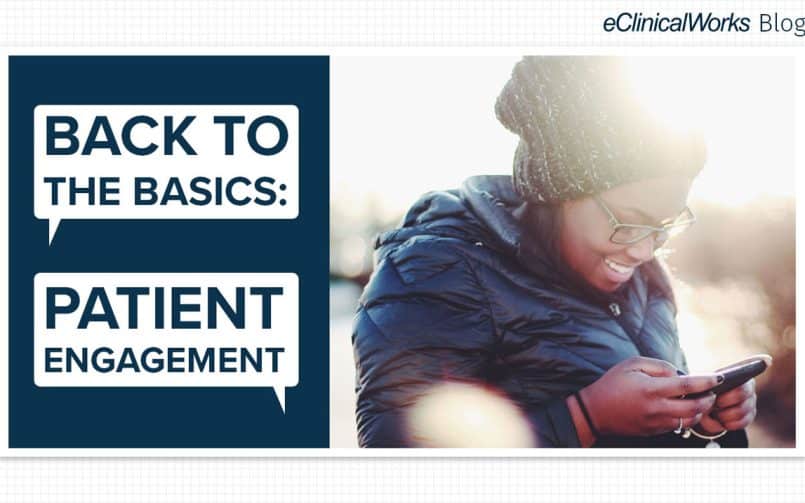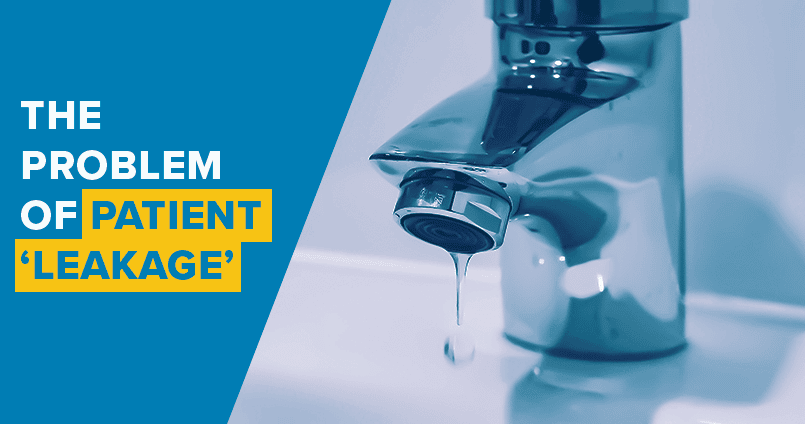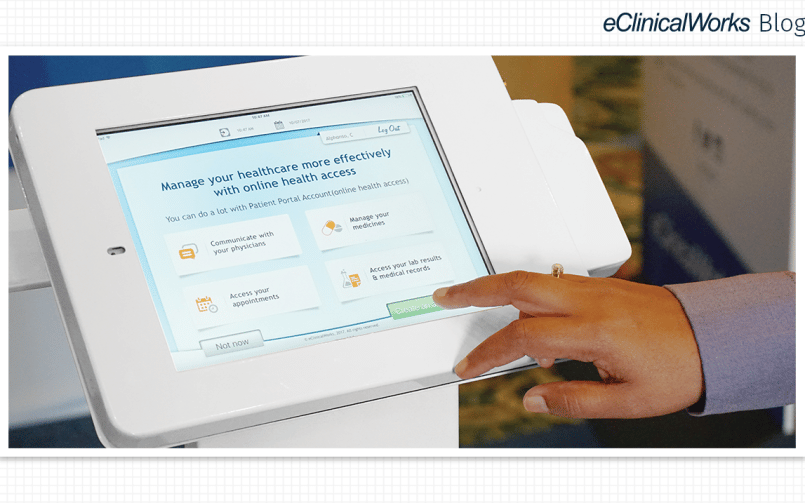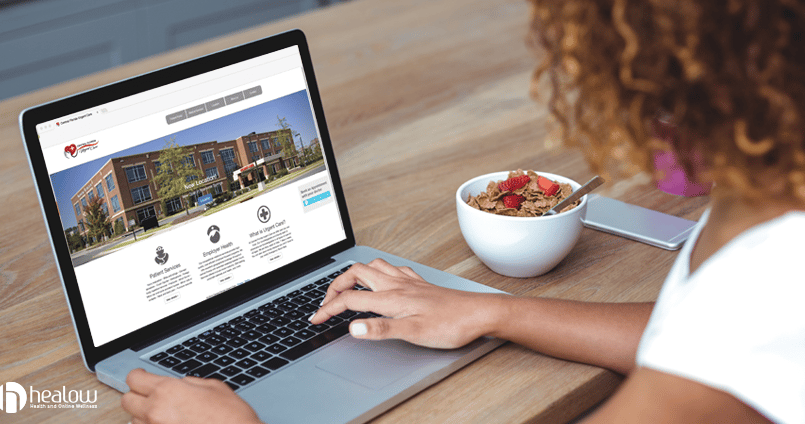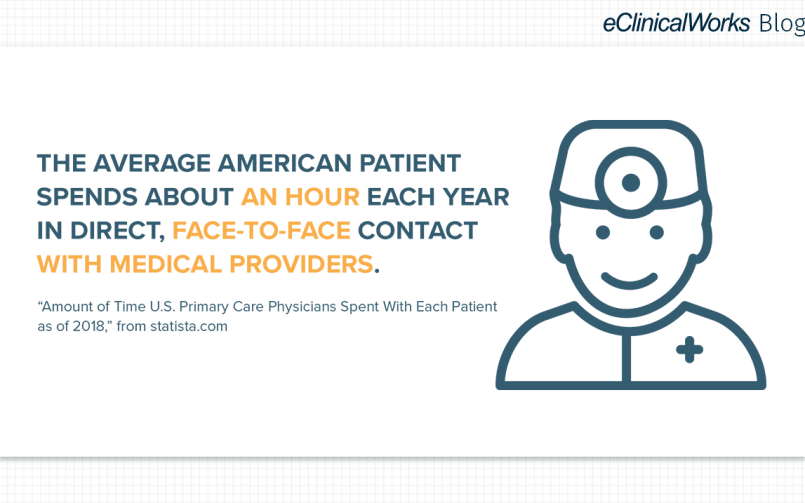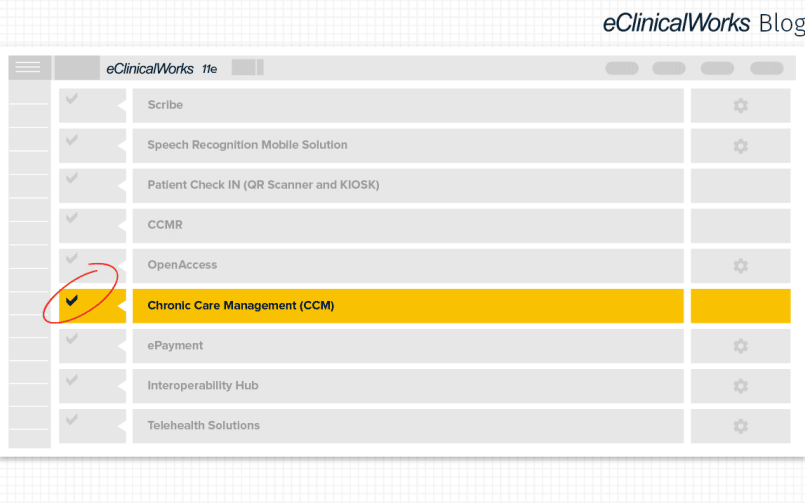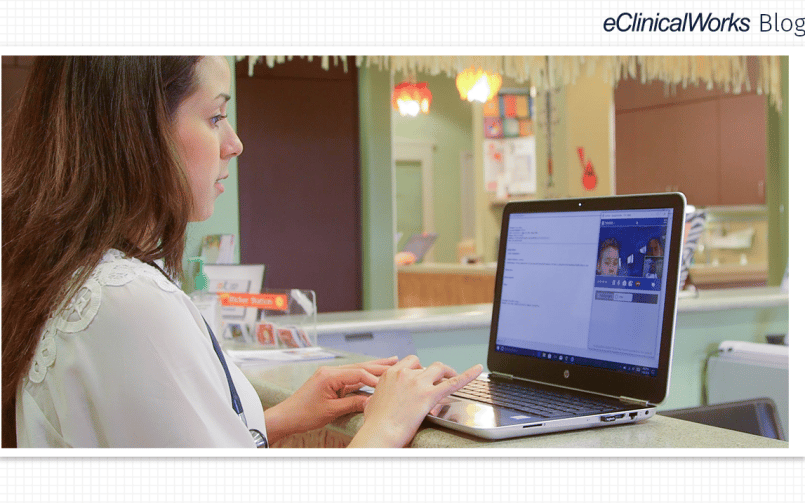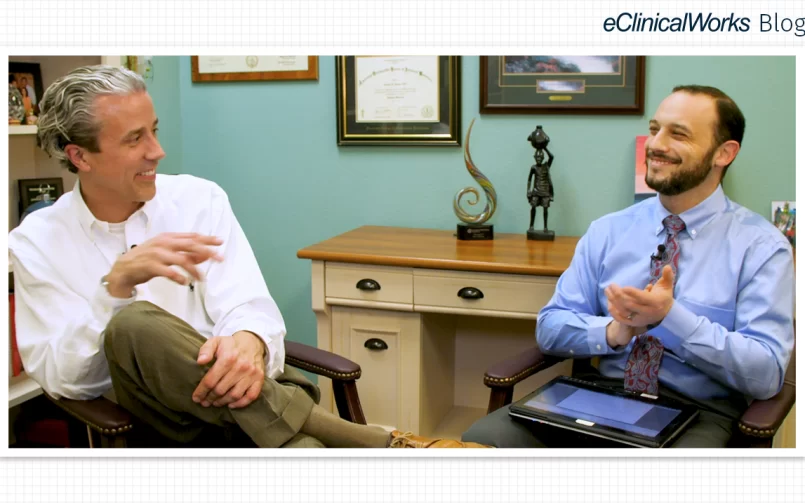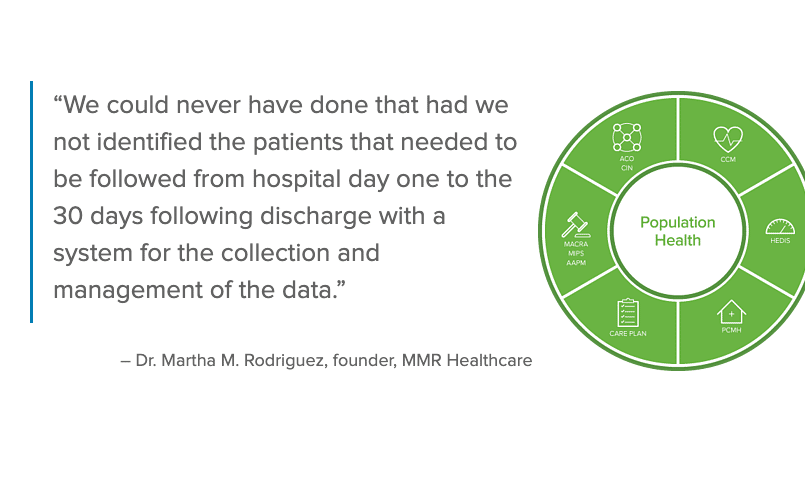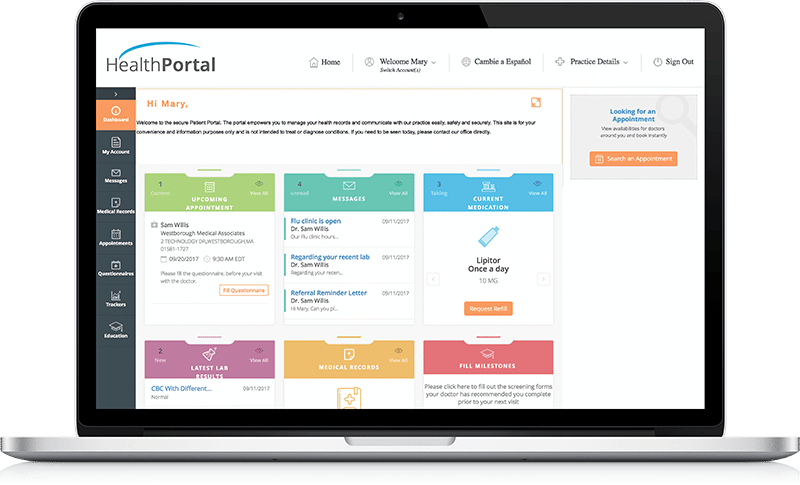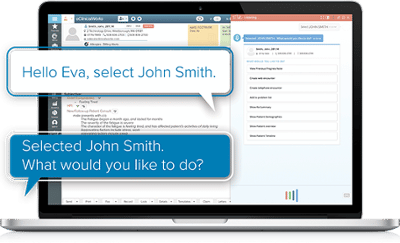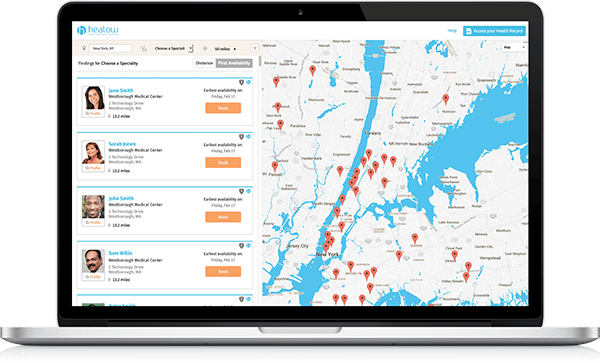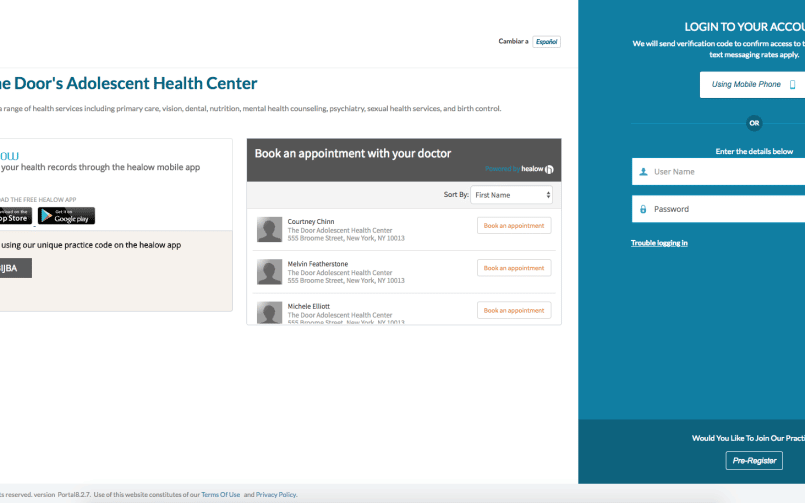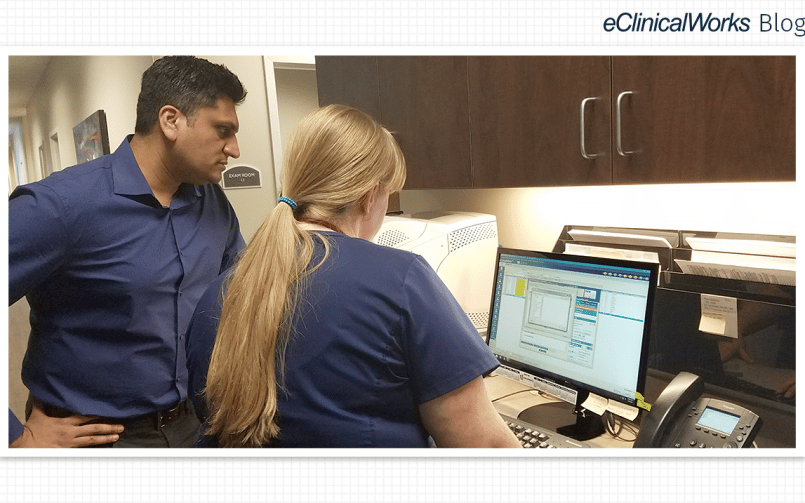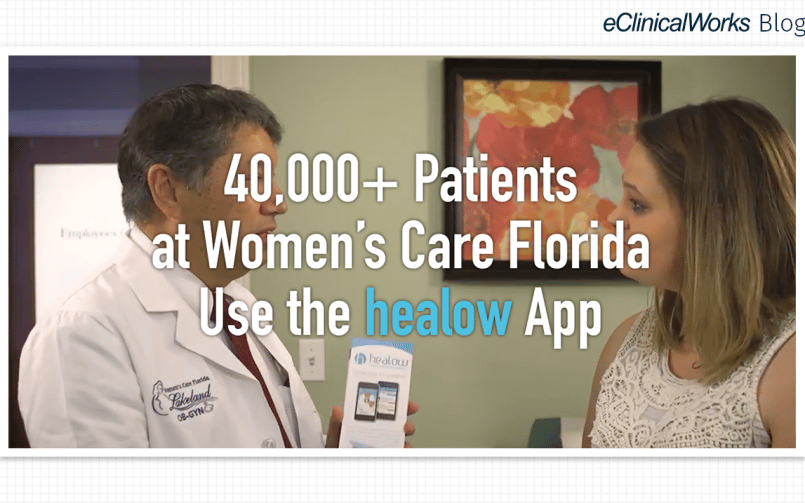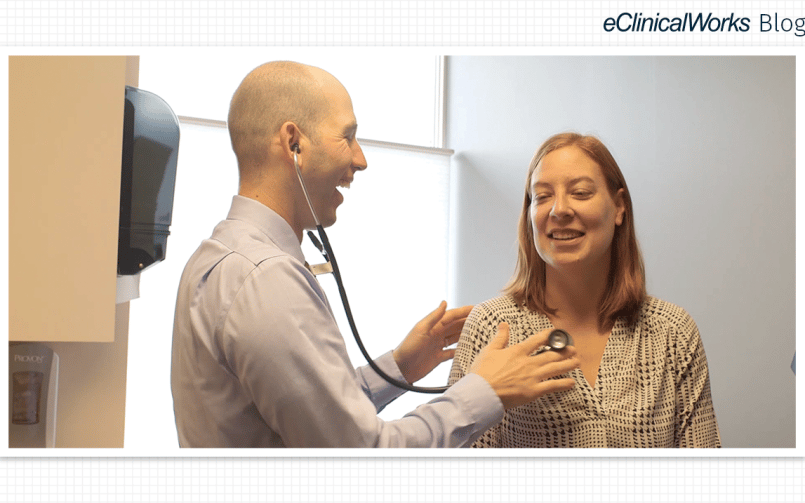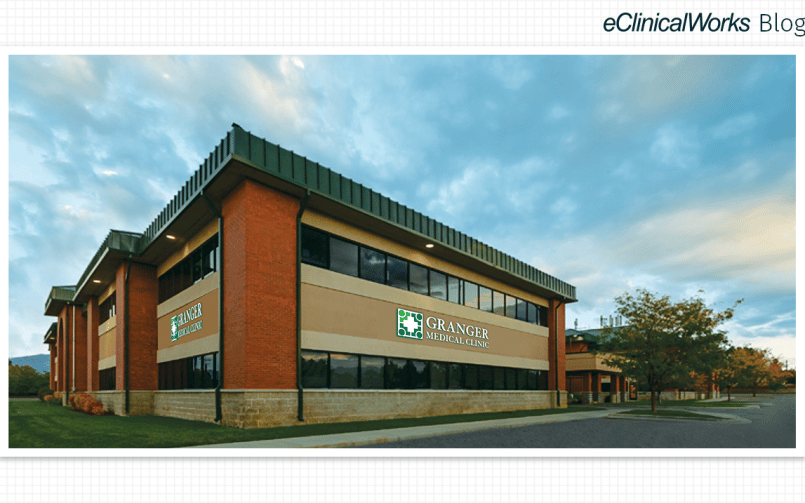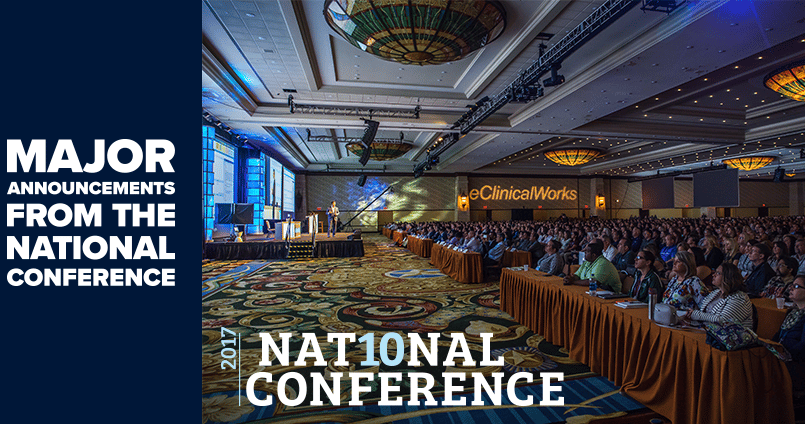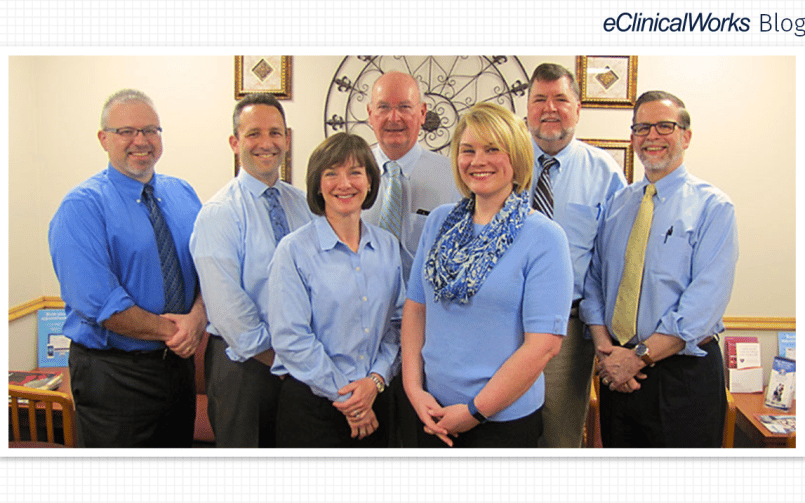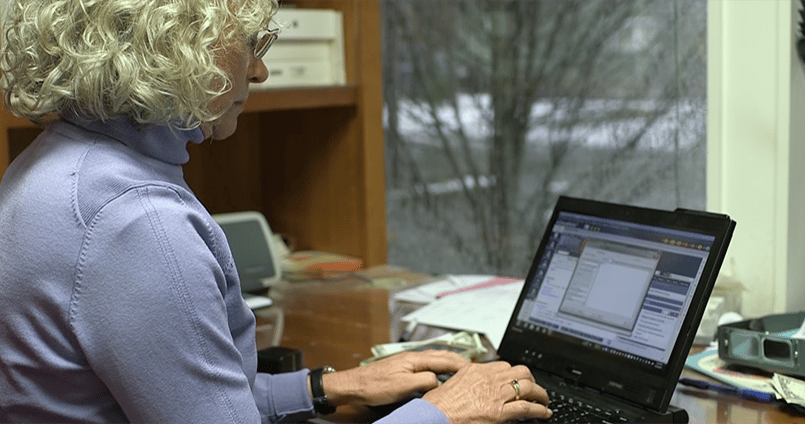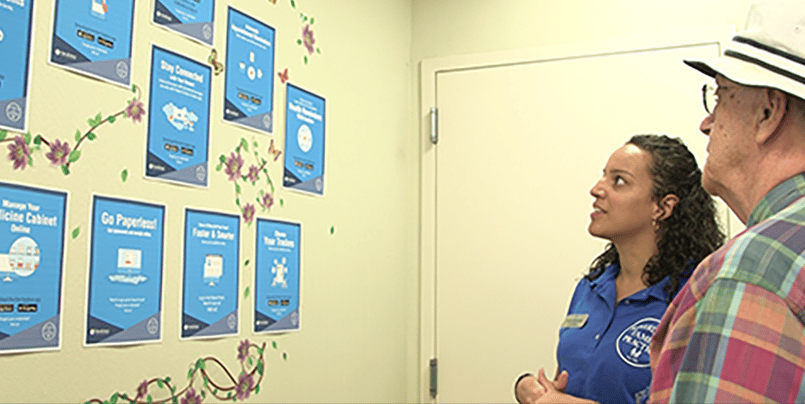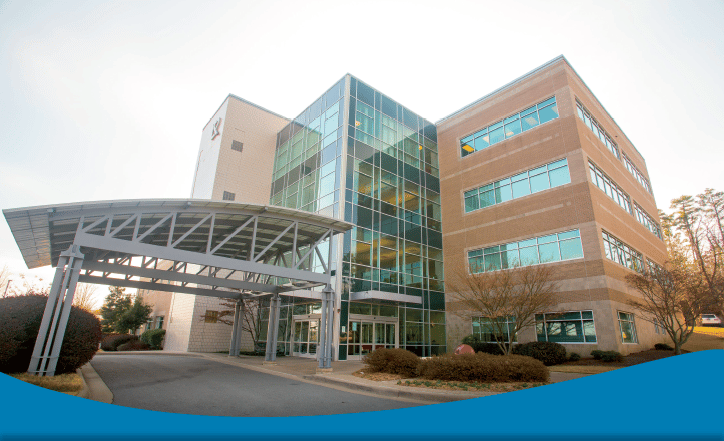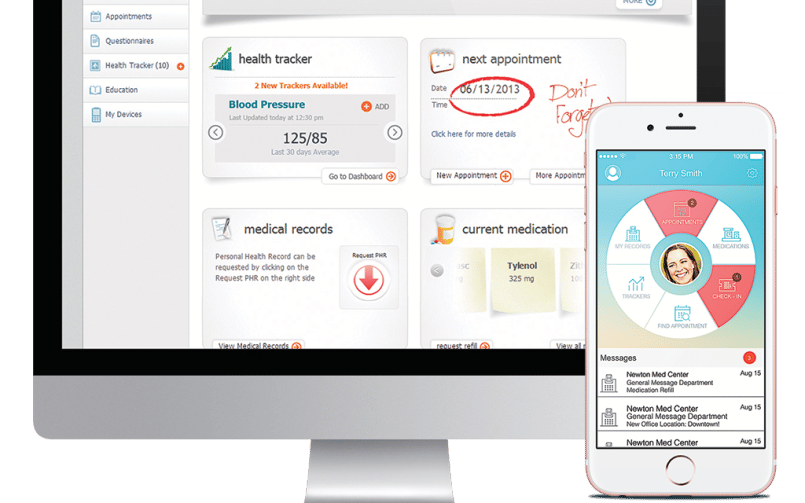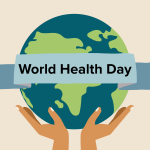Patient Portal 8.0
- 16 April 2018
- Blog
eClinicalWorks
When it comes to making quality healthcare available to any community, what’s the first challenge? Access.
After all, the best medical services in the world are of no value unless patients can make use of them. And even when a doctor/patient relationship has been established, the doctors and patients sometimes need help staying in touch and making best use of available resources.
That’s where a tool such as Patient Portal can make a critical difference.
Sullivan, Dimitri & Erban MDs, a family medicine practice located at 328 Shrewsbury St., Worcester, Massachusetts, includes three independent physicians who provide care to patients of all ages. They have been on eClinicalWorks since 2012, and began using Patient Portal in 2014.
“I think it’s a good way to communicate, and with the email functions it’s great for patients to have access to their labs online. Patients really like that, and getting their automated reminders, either through the healow app or the online Portal.”
– Dr. Deborah A. Sullivan, Sullivan, Dimitri & Erban MDs
As noted in a recent article published by the American Health Information Management Association, proxy portals are growing in popularity, and will soon be considered “an expectation, not an option.” But accessing protected health information (PHI) isn’t as simple as it may seem. There are HIPAA regulations and state laws to be followed. There are individual and family preferences that must be respected and accommodated. And there are limitations — of time and technology — that must be considered.
Recent improvements to Patient Portal are helping eClinicalWorks practices overcome many of the technical hurdles they have faced. There are easier ways to download and share patient summaries, and additional tools for pediatric and OB/GYN practices.
“The Proxy Portal is something we’ve been waiting for,” Dr. Sullivan said. “It’s super important for us to be able to web-enable our patients, both for their ease of use, and then for Meaningful Use. Previously, with all our patients ages 12 to 17 years old, even 18 years old, we couldn’t web-enable any of them, because if we did, their only online access would be through their parents, and we couldn’t do that. And older adults would have to give their username and password to their adult children for them to log in, which was never a good idea. And the other issue was with the linking of family accounts.”
Now, with the new proxy access function, adolescents with an email address can have independent online access to their medical records, parents can link all their children’s accounts to a single log-in, and adult children can access their parents’ medical records with ease. In some cases, there are consent forms that both parties must sign.
“Since we are a family medicine practice, we have the opportunity to use Portal 8.0 in several different scenarios,” Dr. Sullivan said. “We have adolescents and their parents signing up for adolescent proxy access and we have adult children of our elderly patients signing up to help manage their parents’ needs via the proxy access. It’s been very helpful for one mom to now link all seven of her children and both of her two grandchildren for whom she cares into her one account, saving her from using multiple different usernames and passwords. It was super easy to set up and our patients love it!”
Dr. Sullivan estimates that between 40% and 50% of the practice’s patients are using Patient Portal, and the numbers are steadily growing. Proxy access is particularly popular.
“There were some folks who were initially reluctant, and are now getting more facile with the idea of Electronic Health Records access. It’s great, too, for college students who are away, say in California, and may need access, but it could be 2 AM. It makes things much easier.”
– Dr. Deborah A. Sullivan, Sullivan, Dimitri & Erban MDs




